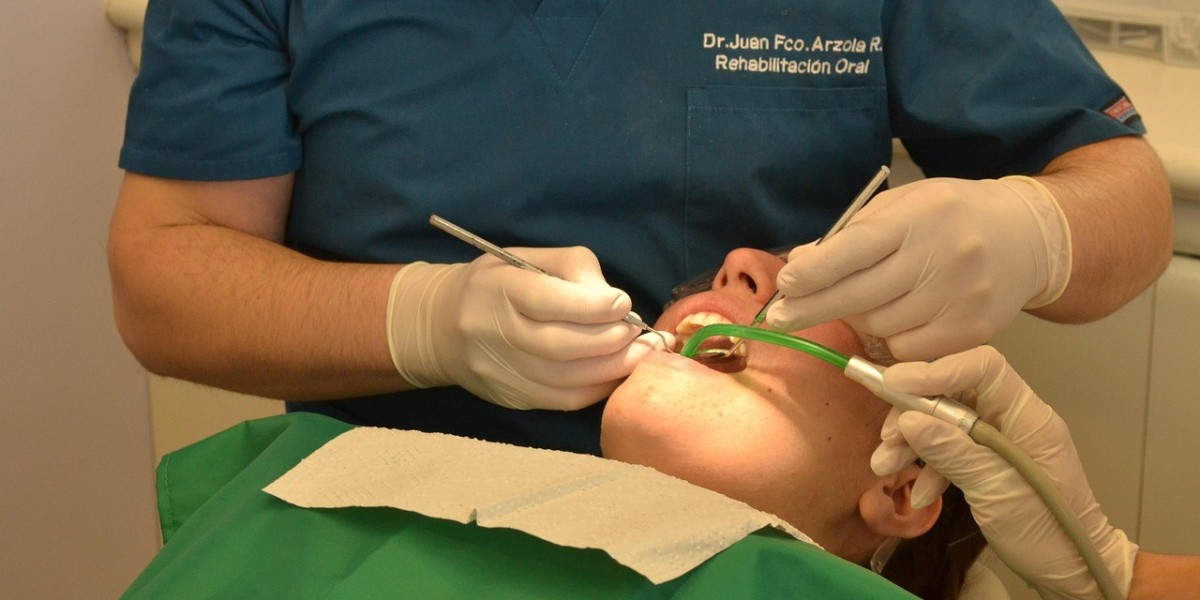Introduction: Why Dental Sedation Matters
For many people, visiting the dentist can cause genuine fear or anxiety. Whether it’s due to past experiences, sensitive teeth, or a general fear of pain, dental anxiety is one of the main reasons people avoid essential dental care. Thankfully, sedation dentistry offers a safe, effective solution that allows patients to stay calm, comfortable, and relaxed during dental procedures.
Understanding the different levels of dental sedation helps you make an informed decision about which method best fits your needs. From mild relaxation to complete unconsciousness, dentists tailor the level of sedation to your comfort level, medical history, and the complexity of the treatment.
In this article, we’ll explore the four main levels of sedation — minimal, moderate, deep, and general — explaining how each works, when they’re used, and what you can expect during and after your dental visit.
What Is Dental Sedation?
Dental sedation refers to the use of medication to help patients relax during dental procedures. It’s often called “sleep dentistry”, though most sedation levels don’t actually make you fall asleep completely. The primary goal is to reduce anxiety and discomfort while allowing the dentist to perform necessary treatments efficiently.
Sedation can be administered in several forms — inhaled, oral (pill form), intravenous (IV), or through general anesthesia — depending on the depth of sedation required. Your dentist will determine the right option after assessing your medical condition, anxiety level, and treatment needs.
1. Minimal Sedation: Staying Relaxed Yet Fully Aware
Minimal sedation is the lightest form of dental sedation, designed for patients who experience mild anxiety or simply want a more comfortable experience during short or routine dental visits.
How It Works
Minimal sedation is typically achieved through nitrous oxide, commonly known as laughing gas. The gas is inhaled through a small mask placed over your nose. Within minutes, you’ll feel calm, light, and more at ease, but you’ll remain fully awake and able to communicate with your dentist.
When It’s Used
- Routine cleanings and checkups
- Minor fillings or cosmetic treatments
- Pediatric dentistry (safe for children)
- Patients with mild dental anxiety
- Recovery and Safety
Once the procedure is complete, the dentist stops the flow of nitrous oxide and provides oxygen to help flush the gas from your system. You’ll recover quickly — often within minutes — and can typically drive yourself home afterward. Minimal sedation is widely considered safe and effective for both adults and children.
2. Moderate Sedation: Relaxed but Responsive
Moderate sedation, sometimes referred to as conscious sedation, offers a deeper level of relaxation than minimal sedation. You may feel drowsy, your speech may slur, and you might not remember much of the procedure, but you’ll still be able to respond to verbal cues and gentle touch.
How It Works
Moderate sedation can be administered in two common ways:
- Oral Sedation: Typically involves taking a prescribed pill (like diazepam or triazolam) about an hour before treatment.
- IV Sedation: The sedative is administered directly into the bloodstream for faster and more controlled results.
When It’s Used
- Dental implant placement
- Root canal treatments
- Complex restorations or extractions
- Patients with moderate to severe dental anxiety
Recovery and Safety
Patients under moderate sedation will need someone to drive them home, as drowsiness and impaired coordination may linger for several hours. Your dentist monitors vital signs closely throughout the procedure to ensure your safety. This level of sedation is ideal for longer treatments that require you to stay calm for an extended period.
3. Deep Sedation: Near-Unconscious Relaxation
Deep sedation takes the relaxation a step further. Patients are on the edge of consciousness — extremely relaxed and unlikely to remember anything from the procedure — but can still be awakened if necessary. Breathing remains mostly independent, but monitoring is continuous throughout the process.
How It Works
Deep sedation is typically administered intravenously (IV) under the supervision of a qualified dentist or anesthesiologist. The dosage is carefully controlled to maintain the desired level of sedation while ensuring safety.
When It’s Used
- Complex oral surgeries (like wisdom tooth extractions)
- Multiple or lengthy procedures in one visit
- Patients with severe dental phobia or low pain tolerance
- Special needs patients who require extra comfort or reduced awareness
Recovery and Safety
Recovery from deep sedation takes longer compared to lighter forms. You’ll likely feel groggy and may not recall much of the appointment. Because of its intensity, this level of sedation requires strict monitoring of vital signs and should always be performed by a licensed professional trained in sedation and airway management.
4. General Anesthesia: Fully Unconscious State
General anesthesia represents the deepest level of dental sedation. It renders the patient completely unconscious — similar to surgery in a hospital setting. You won’t feel, see, or hear anything, and you’ll have no memory of the procedure.
How It Works
General anesthesia is administered via an IV or inhalation and is closely managed by an anesthesiologist or an oral surgeon. It requires specialized facilities equipped for advanced patient monitoring.
When It’s Used
- Major oral and maxillofacial surgeries
- Patients with extreme dental fear who cannot tolerate other forms of sedation
- Individuals with special healthcare needs
- Cases requiring multiple extensive procedures in one session
Recovery and Safety
After the procedure, you’ll be moved to a recovery area where your vital signs are monitored until you’re fully awake. Because of its intensity, general anesthesia is used only when absolutely necessary and under strict safety protocols.
Choosing the Right Level of Dental Sedation
Selecting the correct sedation level depends on several factors, including:
- Your anxiety level: Mild anxiety may only require nitrous oxide, while severe dental phobia might need deeper sedation.
- The type and duration of treatment: Longer or more invasive procedures often benefit from moderate or deep sedation.
- Medical history: Certain conditions (like sleep apnea or heart issues) may affect which sedation methods are safest for you.
- Personal preference and comfort: Open communication with your dentist ensures the best approach for your needs.
Your dentist will conduct a thorough consultation, review your health history, and discuss your comfort preferences before recommending the best sedation option.
Is Dental Sedation Safe?
When administered by a trained and licensed dental professional, sedation dentistry is extremely safe. Modern monitoring equipment tracks heart rate, blood pressure, oxygen levels, and breathing throughout the procedure. Pre-sedation evaluations ensure the correct medication and dosage are used for your specific needs.
To further enhance safety:
- Always provide your full medical history and list of medications.
- Follow your dentist’s pre- and post-sedation instructions carefully.
- Ensure your dental provider is certified and experienced in sedation techniques.
Benefits of Dental Sedation
Opting for sedation dentistry offers a variety of advantages:
- Eliminates fear and anxiety
- Reduces discomfort and sensitivity
- Allows longer or multiple procedures in one visit
- Minimizes gag reflex
- Provides a more pleasant overall experience
With the right sedation method, patients can receive the care they need without fear or stress.
Conclusion: Comfort, Safety, and Confidence in Every Visit
Dental sedation has revolutionized the way people experience dentistry. Whether you need minimal relaxation or deep anesthesia, modern techniques make it easier than ever to get the care you need—comfortably and safely.
Understanding the levels of dental sedation empowers you to have open, informed conversations with your dentist about what’s best for your situation. With today’s advances in sedation dentistry, even the most anxious patients can finally say goodbye to fear and hello to a healthy, confident smile.













